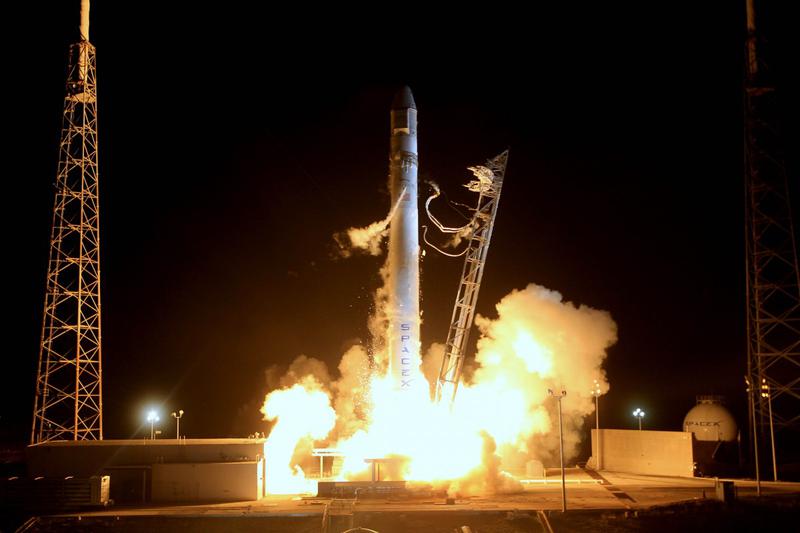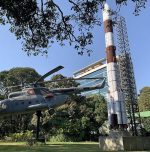ISRO successfully conducts short-duration semicryogenic hot test

The Indian Space Research Organisation (ISRO) has made progress in its launch vehicle program.
It successfully tested a semicryogenic engine. The test was a short-duration hot test.
It took place at the ISRO Propulsion Complex. This complex is in Mahendragiri, Tamil Nadu.
The ignition test, held on April 24, is a significant achievement in the semicryogenic engine testing programme.
It follows the successful first hot test conducted on March 28, 2025, which was described by ISRO as a major breakthrough.
During this second phase, ISRO tested the Engine Power Head Test Article (EPHTA), which includes all critical engine systems except the thrust chamber.
The test lasted for 3.5 seconds and was primarily aimed at validating the start-up sequence of the engine.
According to the space agency, the engine was ignited successfully and operated up to 60 per cent of its rated power level.
It demonstrated stable ignition and controlled performance, crucial for moving ahead to full-duration and full-power tests.
The semicryogenic engine is expected to significantly enhance the efficiency and payload capabilities of ISRO’s future launch vehicles.
The technology uses two propellants. These are refined kerosene (RP-1) and liquid oxygen (LOX).
It has several advantages over regular engines. It gives a better thrust-to-weight ratio. It also has improved fuel efficiency.
ISRO emphasised that these tests are part of a carefully structured series designed to evaluate the design integrity and subsystem performance of the semicryogenic engine.
Critical components being assessed include the low-pressure and high-pressure turbopumps, the pre-burner, and associated control systems.
The results from the recent hot test provided crucial data for refining operational sequences. They also lay the groundwork for further qualification tests that will comprehensively validate the engine system.
ISRO plans to conduct more extensive tests in the coming months.
Once fully qualified, the semicryogenic engine will be inducted into ISRO’s future launch vehicles, enhancing their payload capacity and strengthening India’s position in the global space launch market.
This successful hot test marks an important step forward in India’s pursuit of advanced space technologies and showcases ISRO’s continued commitment to innovation and self-reliance in aerospace engineering.
Image from Pxhere (Free for commercial use / CC0 Public Domain)
Image Published on February 28, 2017
You may also like
Image Reference: https://pxhere.com/en/photo/893779
Recent Posts
- Why airline roster norms often disrupt flight operationsAirlines follow roster norms set by the Directorate General of Civil Aviation.
- Railways steps in for thousands of stranded flight passengersThe Civil Aviation Ministry has instructed IndiGo to settle all pending refunds by December 7.
- Last supermoon of the year lit up December skiesThe final supermoon of the year reached peak brilliance on the night of December 5, creating a striking celestial display. Viewers enjoyed its bright glow over two evenings where the skies were clear.
- Why airline roster norms often disrupt flight operations
What’s new at WeRIndia.com
News from 700+ sources
-
Fifty years ago | Heavy fighting in Beirut streets
-
Percy Jackson and the Olympians Season 2 Episode 1 & 2 release date, time, schedule, how to watch: Global streaming timings, storyline, cast and characters
-
Trump calls EU fine on X ‘nasty one’, says Europe going in ‘bad directions’
-
Saurabh Bhagat reviews functioning of FCS&CA Directorate, Kashmir
-
Div Com reviews ATR on handing over of Hotel Centaur
-
Chief Secretary Dr Pawan Kotwal inspects key development projects in Leh
-
WeRIndia – A News Aggregator
Visit werindia.com for all types of National | Business | World | Politics | Entertainment | Health related news and much more..








